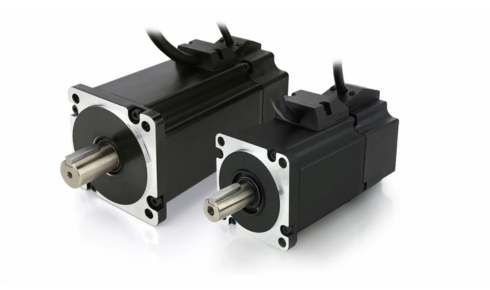The rapid growth of automation, robotics, and consumer electronics has placed motors and gear systems at the center of modern innovation. From flying drones to industrial machinery, the combination of smart design and cost-effective solutions is changing the way industries and consumers approach technology. Three critical components in this landscape are the drone motor, the dc motor price, and the bevel gear—each playing a vital role in powering different systems efficiently.
The Significance of Drone Motors
Drones have become a popular technology not just for hobbyists but also for industries like agriculture, defense, logistics, and cinematography. At the heart of every drone is its motor, designed to provide lift, thrust, and stability. Drone motors are typically brushless DC motors (BLDC), known for their high efficiency, lightweight design, and longer lifespan compared to traditional brushed motors.
The performance of a drone depends heavily on the type of motor used. Factors such as thrust-to-weight ratio, power consumption, and RPM (revolutions per minute) determine how smoothly and efficiently a drone can operate. High-quality drone motors are built to handle precise speed adjustments, allowing drones to hover steadily, maneuver quickly, and conserve battery life.
As drone applications continue to expand into fields like aerial photography, delivery services, and disaster management, demand for advanced, energy-efficient motors will only increase.
DC Motor Price: A Key Consideration
While drones often rely on BLDC motors, DC motors remain one of the most widely used electrical components in industries and consumer devices. Understanding the dc motor price is essential for manufacturers, engineers, and businesses looking to optimize costs.
The price of a DC motor depends on several factors:
- Type of DC Motor – Brushed motors are generally cheaper, while brushless motors cost more but offer better efficiency and lifespan.
- Power Rating – Motors designed for high torque and heavy-duty applications are more expensive.
- Size and Material – Compact motors with specialized components can influence overall costs.
- Market Demand – With the rise of electric vehicles, automation, and robotics, global demand is shaping price trends.
Today, businesses balance cost with performance, often opting for brushless motors despite higher initial prices due to long-term energy savings and reduced maintenance.
The Role of Bevel Gears
While motors provide power, gears help transfer and adjust that power to suit specific applications. The bevel gear is a unique gear system designed to transmit motion between shafts that intersect, usually at a 90-degree angle. This makes bevel gears indispensable in machinery where directional changes of motion are required.
Bevel gears are used in:
- Automobiles – Powering differentials to allow wheels to rotate at varying speeds.
- Industrial Machines – Redirecting motion in conveyor systems and heavy equipment.
- Aerospace and Robotics – Enabling precise angle-based movements for advanced systems.
They are typically manufactured from strong materials like hardened steel to handle high loads and ensure durability. Advances in gear design and manufacturing have also improved efficiency, reducing energy losses and extending the lifespan of machines.
Integration of Motors and Gears
In many real-world applications, motors and gears work together seamlessly. For instance, in drones, motors provide thrust while gears can help manage torque in specialized designs. In automotive systems, DC motors power functions like windows and seat adjustments, while bevel gears ensure proper transmission of motion in drivetrains.
This integration reflects a broader trend: the push toward efficiency, compact design, and durability. Engineers are constantly finding new ways to optimize the balance between power delivery, cost, and mechanical performance.
Future Trends
Looking forward, the demand for high-quality motors and gears will continue to grow across multiple industries. Some trends to watch include:
- Electric Vehicles – Rising demand for efficient DC motors and advanced gear systems.
- Automation – Factories will require precise, durable motors paired with strong bevel gears.
- Smart Drones – Enhanced drone motors designed for longer flight times and higher payloads.
- Sustainability – Energy-efficient designs will help lower costs while reducing environmental impact.
Final Thoughts
Whether it’s the precision of a drone motor, the cost-effectiveness reflected in dc motor price, or the durability of a bevel gear, these components collectively represent the backbone of modern innovation. As industries evolve, the focus on smarter, more efficient, and cost-friendly solutions will ensure these technologies remain at the forefront of engineering and design.

